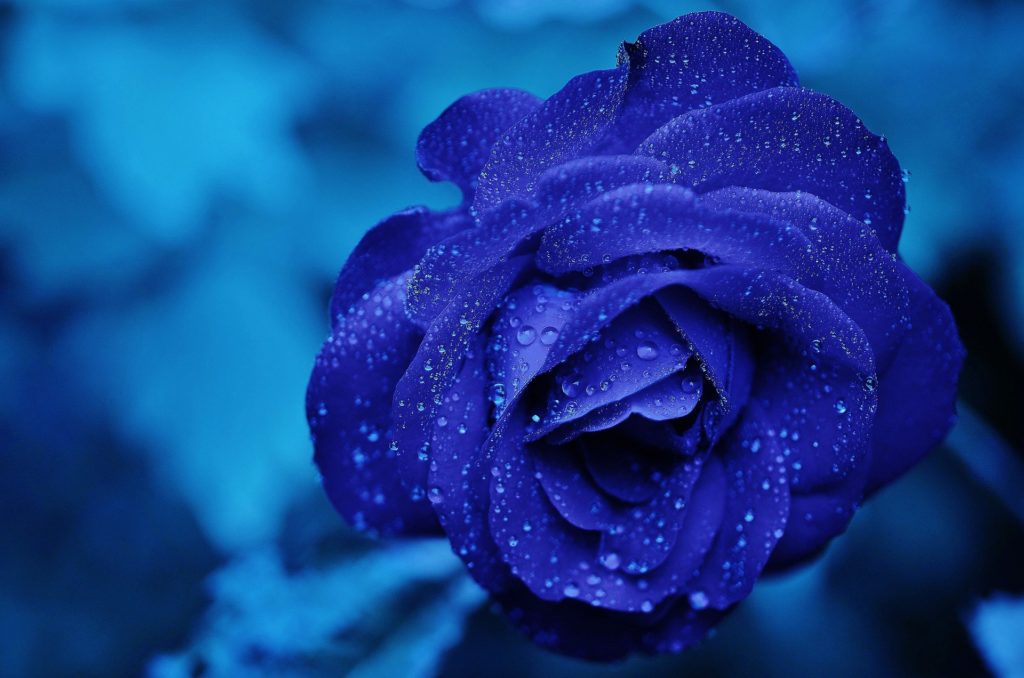Color therapy (chromotherapy) is the exposure of a person to light of different colors in order to change his mental and even physiological state.
The influence of color on human health and its healing was known more than 2 thousand years ago and was used in ancient Egypt, China and Greece, where the color of paints, reflections of crystals, flowers and plants, and sunlight were used to improve mood.
The basic principle of color therapy is that different colors cause different reactions in people. Some colors are considered more exciting and energizing, while others are considered more calming. Applying this principle, color combinations are created to enhance a particular effect.

In most cases, warm colors are stimulating and give an influx of energy. On the contrary, cool colors are calming. There are entire teachings that claim that colors help balance different energy centers in the human body. Here are the correspondences of some colors and their responses to the body, in accordance with this teaching:
- Red – excitement, energy;
- Orange – enthusiasm;
- Yellow – happiness, optimism;
- Green – health, calm, balance;
- Blue – calm, serenity, fidelity;
- Purple – knowledge, creativity;
- White – purity, neutrality;
- Brown – stability, sadness, comfort
In general, color therapy can help cope with the following problems: - May help cope with seasonal depressive disorder;
- May have a sedative effect;
- Can boost your energy and motivation;
- May affect your appetite;
It should be noted that there are non-standard reactions to the same colors in different people. And you should always listen to your own feelings and not continue any procedures that make you feel uncomfortable and worsen your condition.
